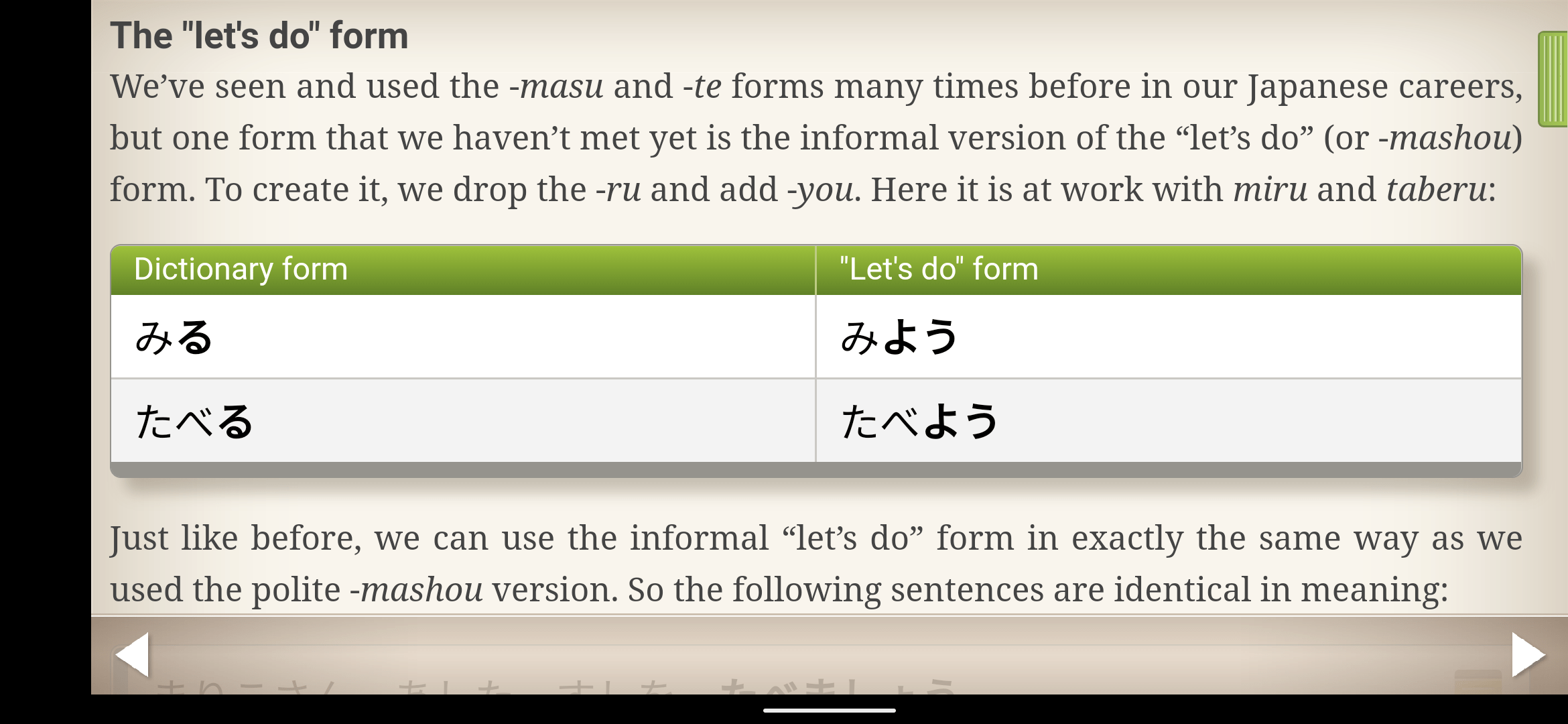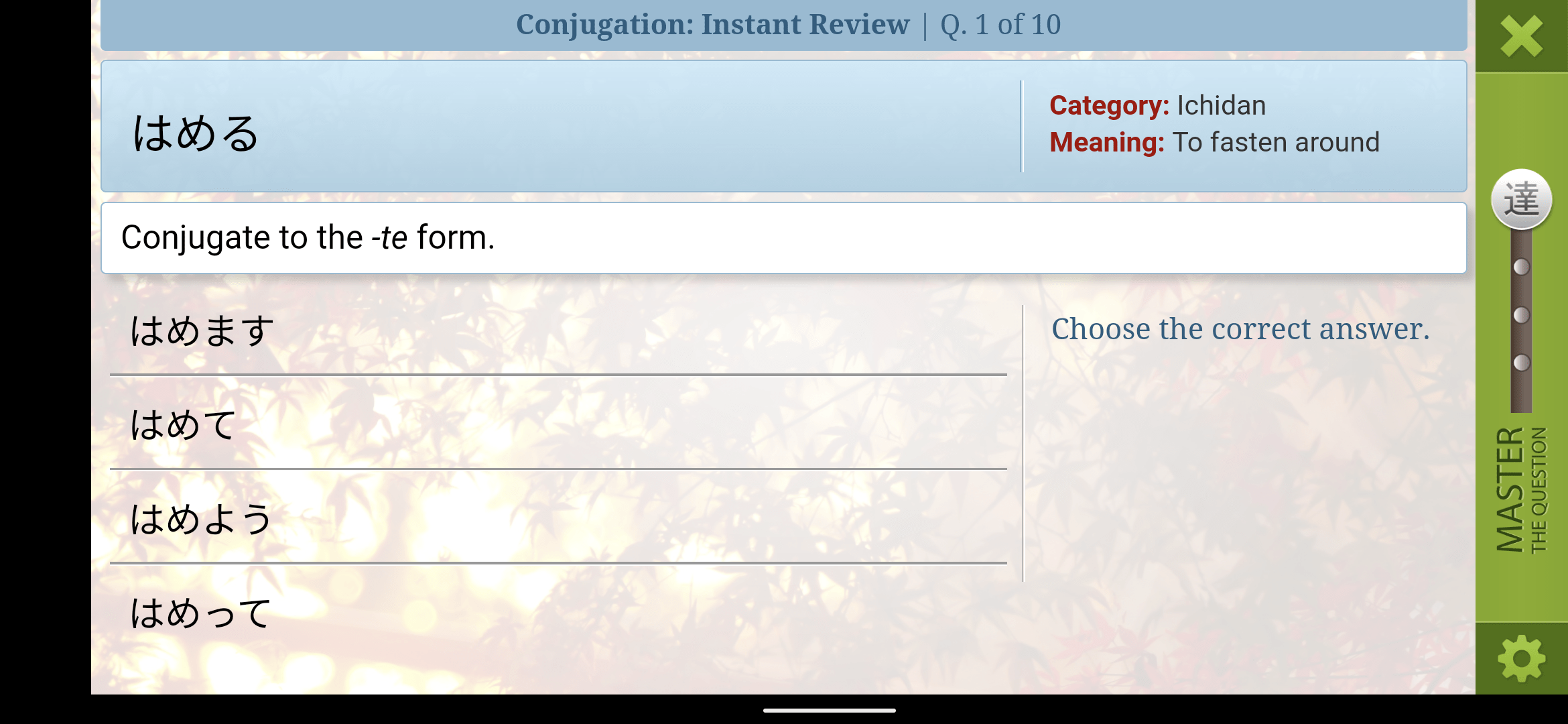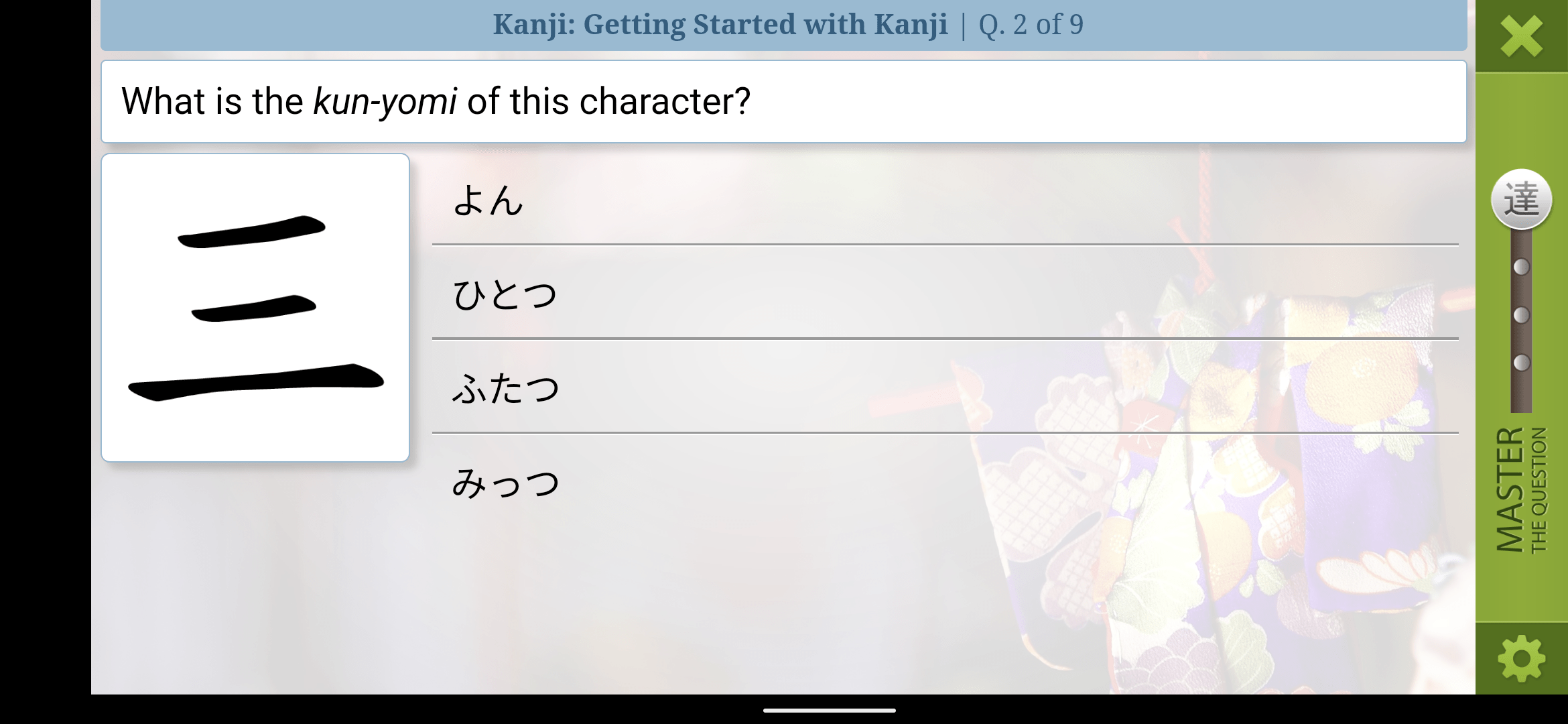As has been pointed out here before: People are different and they learn languages differently. Some feel motivated by a colorful gamey approach. Others like to mingle with locals to see how far they are going to get. And then there are people who learn best with the good old textbook. Human Japanese is an app for those folks. It is structured like a book with chapters. As well as lots of text, there are some pictures and quizzes to recap what you’ve learned. But since it isn’t really a book, there are also audio and video files, animations and interactive features.

A Comprehensive Breakdown
In a way, Human Japanese’s approach is the opposite to that of Rosetta Stone (not that we should hold it against either). While the latter prides itself in immersing students in their desired language without any explanations or translations whatsoever, Human Japanese teaches you all the rules and all the exceptions to those rules. In true textbook fashion, it also works in cultural trivia about Japan. Those who have been living here for a while might find that annoying, but I advise you not to be smug about it. You will be tested: Review questions are provided after each chapter, mostly regarding grammar and vocabulary. Occasionally, however, these tests will make sure you have thoroughly read the text and ask about those cultural tidbits.
The app is available for all common platforms, mobile or otherwise and it comes in two versions. There’s Human Japanese and Human Japanese Intermediate. The latter’s title might be overly flattering since a lot of the contents are still pretty basic. I came to that conclusion because I’m already familiar with them and I feel by no means fully intermediate. I would consider myself somewhere between upper basic and lower intermediate if I have to put a label on it. However, having finished the first app, it feels rewarding and motivating that somebody considers me properly intermediate.

Track Your Progress
Speaking of which: Motivation and rewards are a big part of the series. Taking vocabulary, kanji and chapter review quizzes will get you star ratings for those particular quizzes as well as experience points, allowing you to level up and earn new titles. It doesn’t quite elevate this study tool to a role-playing game, but it works embarrassingly well. You can track your progress on a right-side panel that remains hidden when you are not using it.
The app’s strength lies in the fact that it teaches vocabulary and grammar thoroughly. Tap on any example sentence and you will hear an audio reading. Then tap below one of those sentences and you will see a translation. Tapping on the icon beside a sentence will get you a word-for-word breakdown. It is recommendable that Human Japanese doesn’t stop there but also wants you to write nicely. The first app does a fine job of introducing kana; the second one has found an admirable way of providing a first glimpse into kanji, including all readings and stroke order. However, if you really want to memorize lots of kanji in a quick and dirty manner, instead of getting to know just a few intimately, you will need to do that in addition to Human Japanese.

Concentration: A Recipe for Success
Since Human Japanese basically is a book expertly transformed into an app, you have to concentrate on it like you would a textbook. Unlike more playful apps, you can’t study this one while re-binging Nizi Project (a completely random example, of course, not inspired by any true events. But seriously, I still think he was too hard on Yuna). Obviously, having to actually concentrate on your studies might not be the worst recipe for success.
Both apps in the series cost between a bit over ¥1,000 and ¥2,000 each, depending on the platform. While this might seem steep compared to other apps, bear in mind that these are one-time-only payments. No subscription fees or additional costs for bonus content. Comparing Human Japanese to a textbook one last time, the prices are at the lower end of the spectrum for a proper one. If you are unsure whether you are the bookish learning type, both apps are available as free Lite versions with a restricted number of chapters. That way you can dip your toes in the water before taking a full dive.
More Japanese study tips:









